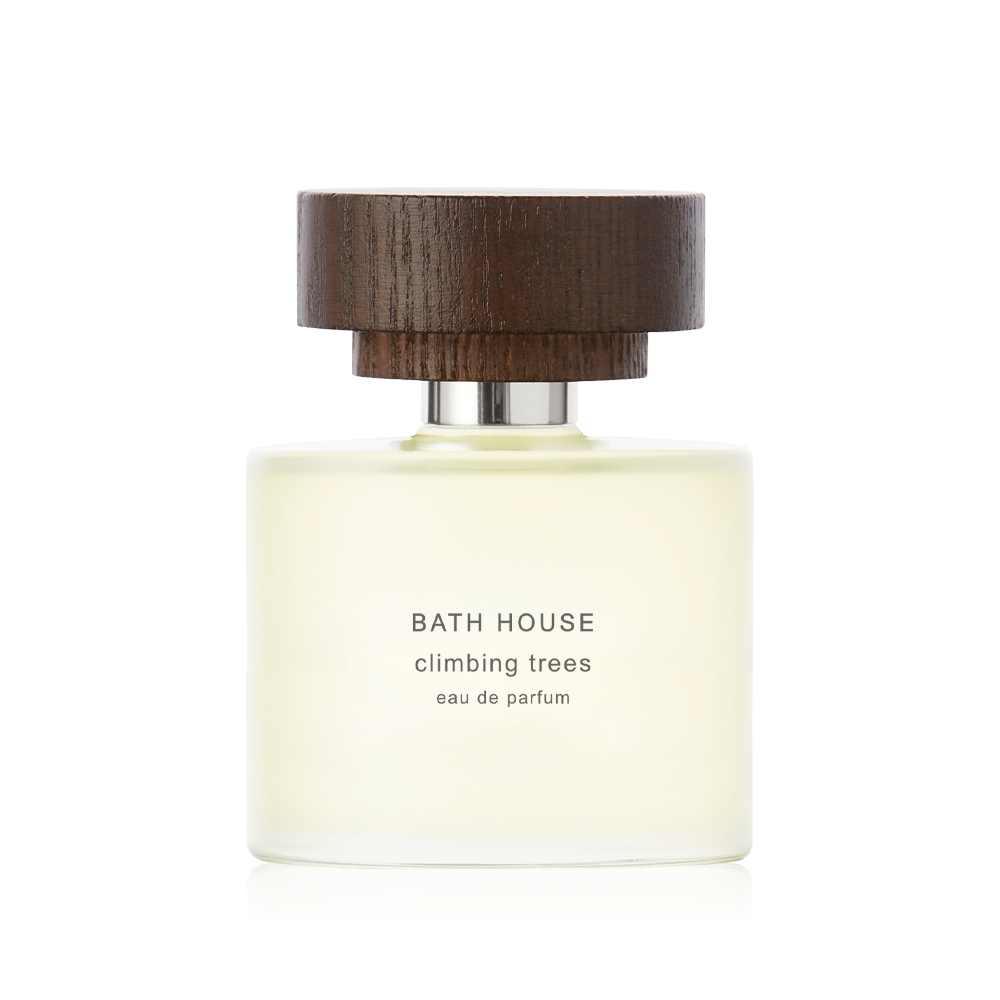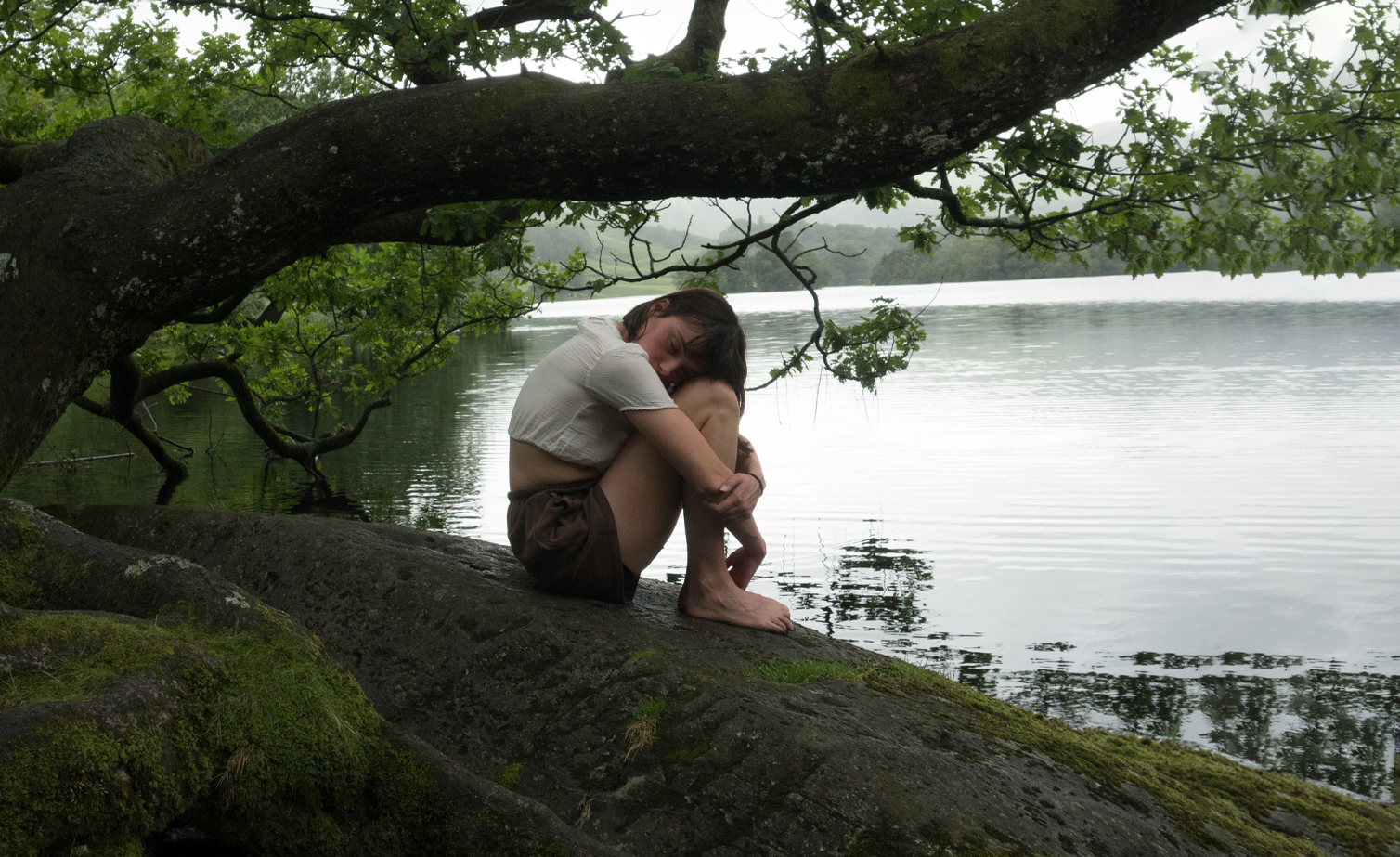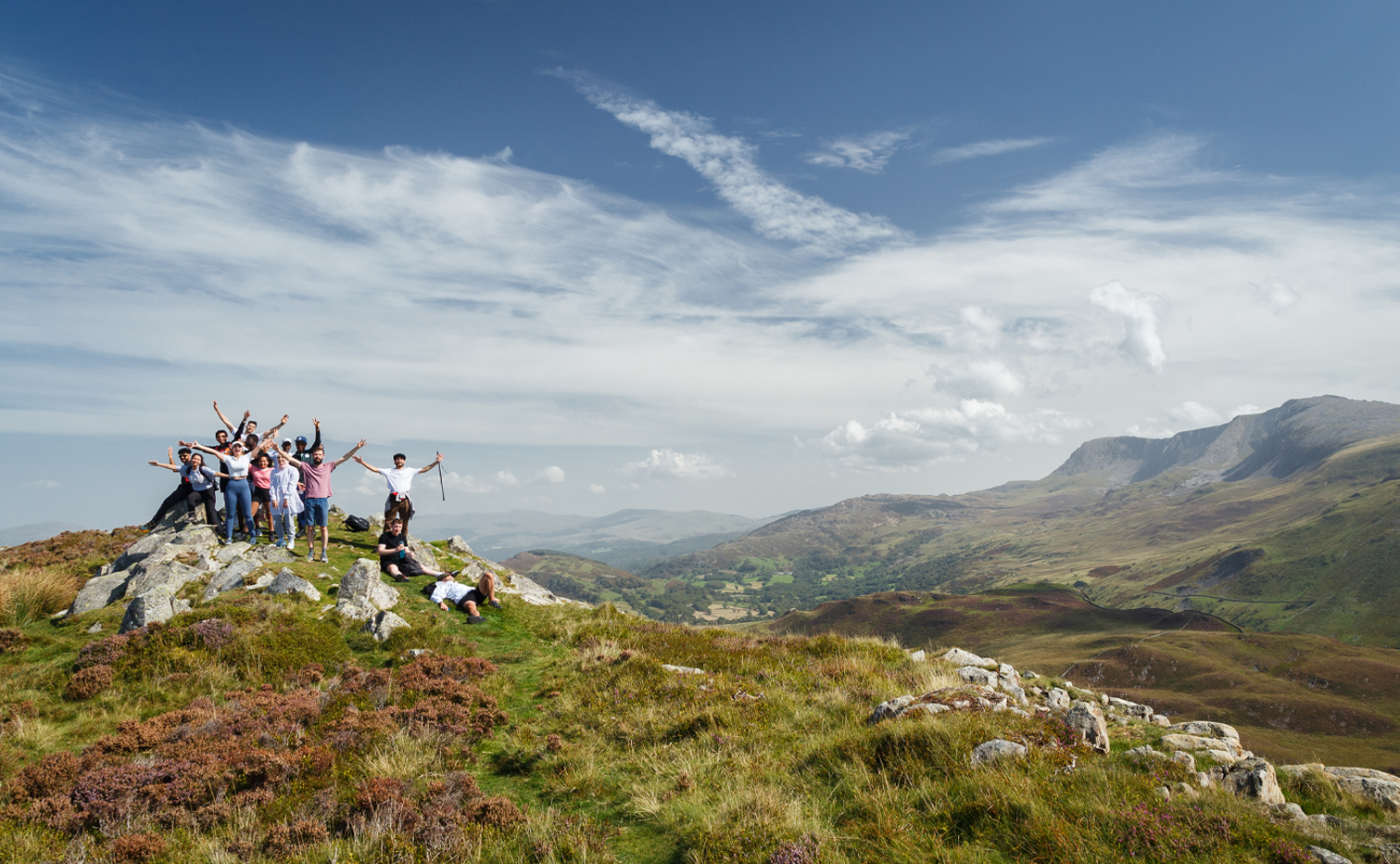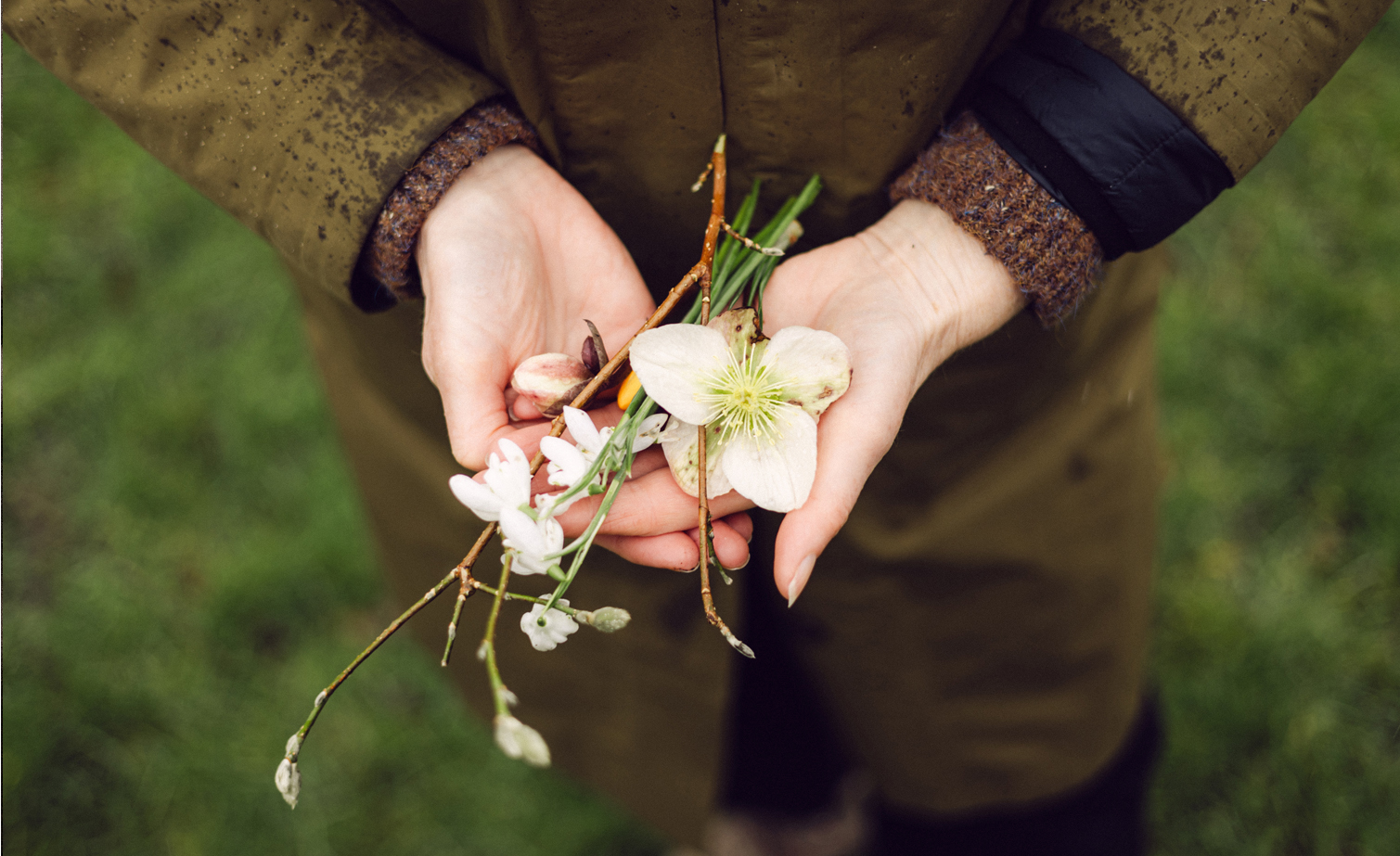I went for a walk in the woods yesterday. There was this tree, with a trunk that curved upwards as it came out of the ground. After the initial curve, the trunk was huge, tall and straight, reaching right up to the sky. It was obvious why the curve was there; the tree was growing on a steep slope. To grow straight right from the off would have meant a diagonal trunk, a severely leaning tree, and no doubt an early death!
Trees are great teachers. They show determination and resilience. Even from difficult beginnings, they find a way. Trauma and obstacles can occur at any stage in life, and trees bare all of these scars on their trunks and branches. But they carry on regardless, steadily making progress up to the heavens, or, if they are that way inclined, spreading their branches wider.
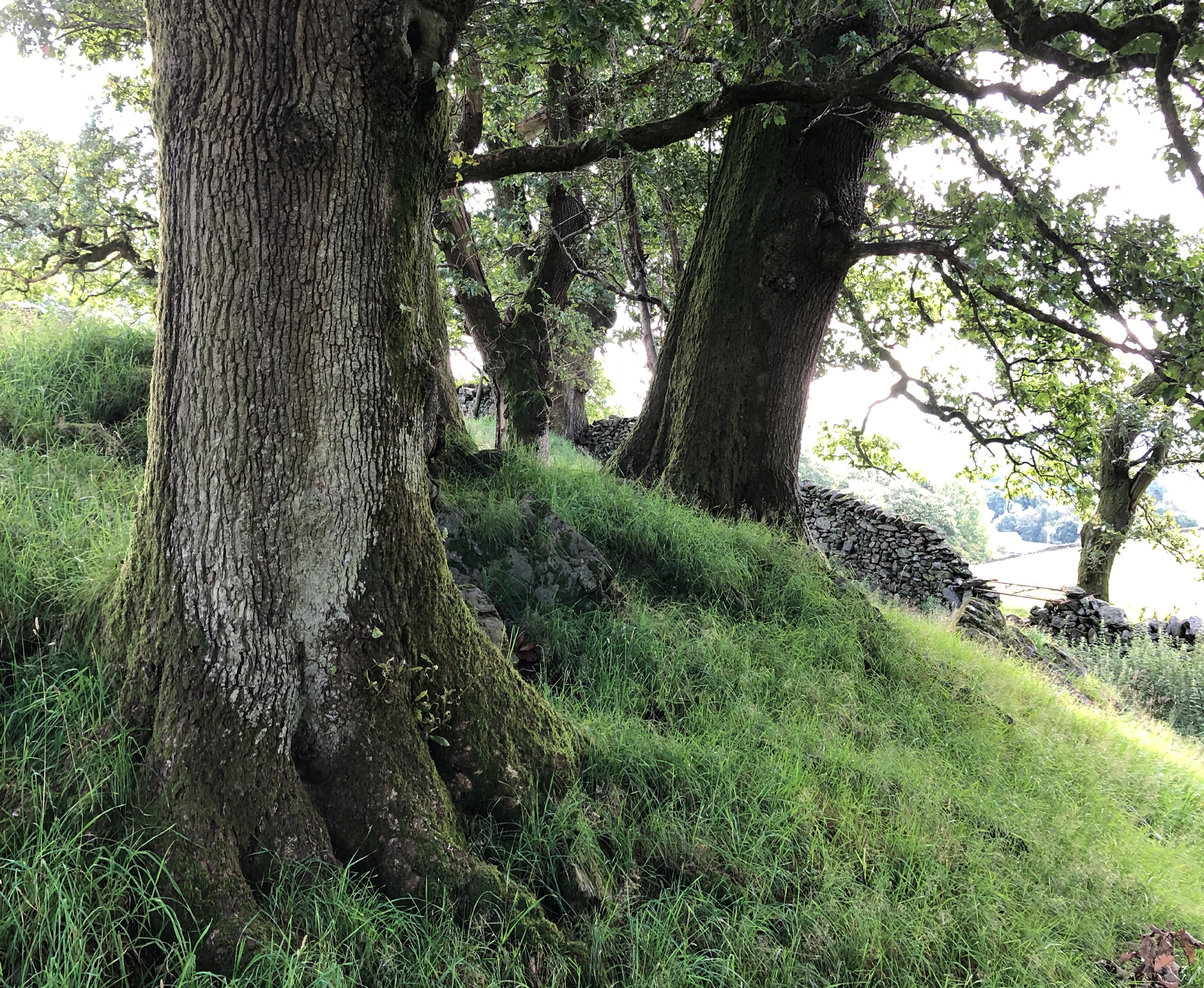
They support each other, protecting themselves and their neighbours from storms, by growing together, forming a bond that is greater than the sum of its individual parts. They communicate through their root system, warning each other of impending danger such as drought, disease or insect attacks.
And each Spring they put on a show, sprouting buds and shoots, some of them sporting breathtaking blossoms that look like the cartoon trees from a Mr Men book, pink and white and fluffy – if only for a short while.
I’m lucky enough to have a close-up view of plenty of trees from my kitchen window, and as my living space is on the first floor I can clearly see the activity that occurs in them all year round. Squirrels, pigeons, magpies, robins – and all kinds of other birdlife (I’m sure the odd cat has made its way up the ivy too, but not on my watch!). Trees are hosts to these creatures and to other plants. They are a home to many – big, strong things to be relied on. We can learn a thing or two from trees, it seems.
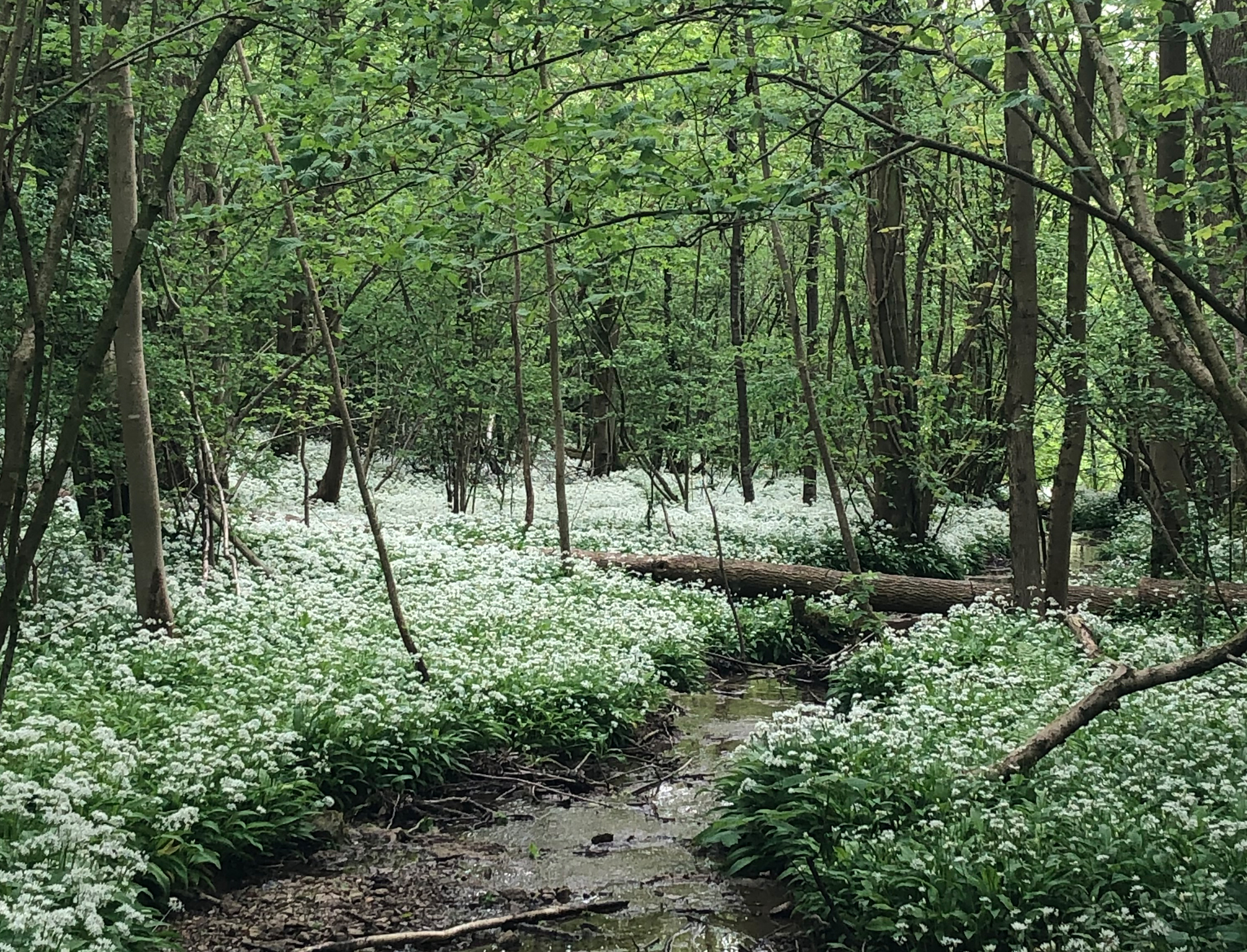
As a child, I remember climbing trees. Not often, but every now and then, when I had the opportunity. They presented a sense of adventure, but also one of safety, with their huge canopies and strong, broad branches. I remember going for walks in ‘bluebell woods’ with my Nana, and still now in my fifties, that juxtaposition of the green and the blue hue sends me wild!
I will, however, admit to being irritated by trees at times. The ones near me are mostly sycamore, which produce sticky seeds in the spring, and have big, fat leaves that take up most of my garden in the autumn. The trees aren’t on my land, so I must put up with them blocking out some of my light. Like the rest of us, trees aren’t perfect!
But I wouldn’t wish them harm because they offer so much more than they take away. And of course, they work in tandem with us humans, giving us oxygen and storing our carbon dioxide. They also provide sound-proofing for the traffic (I live on quite a busy road) and are themselves the source of a wonderful sound – and a lush, fresh smell – during periods of spring and summer rain.
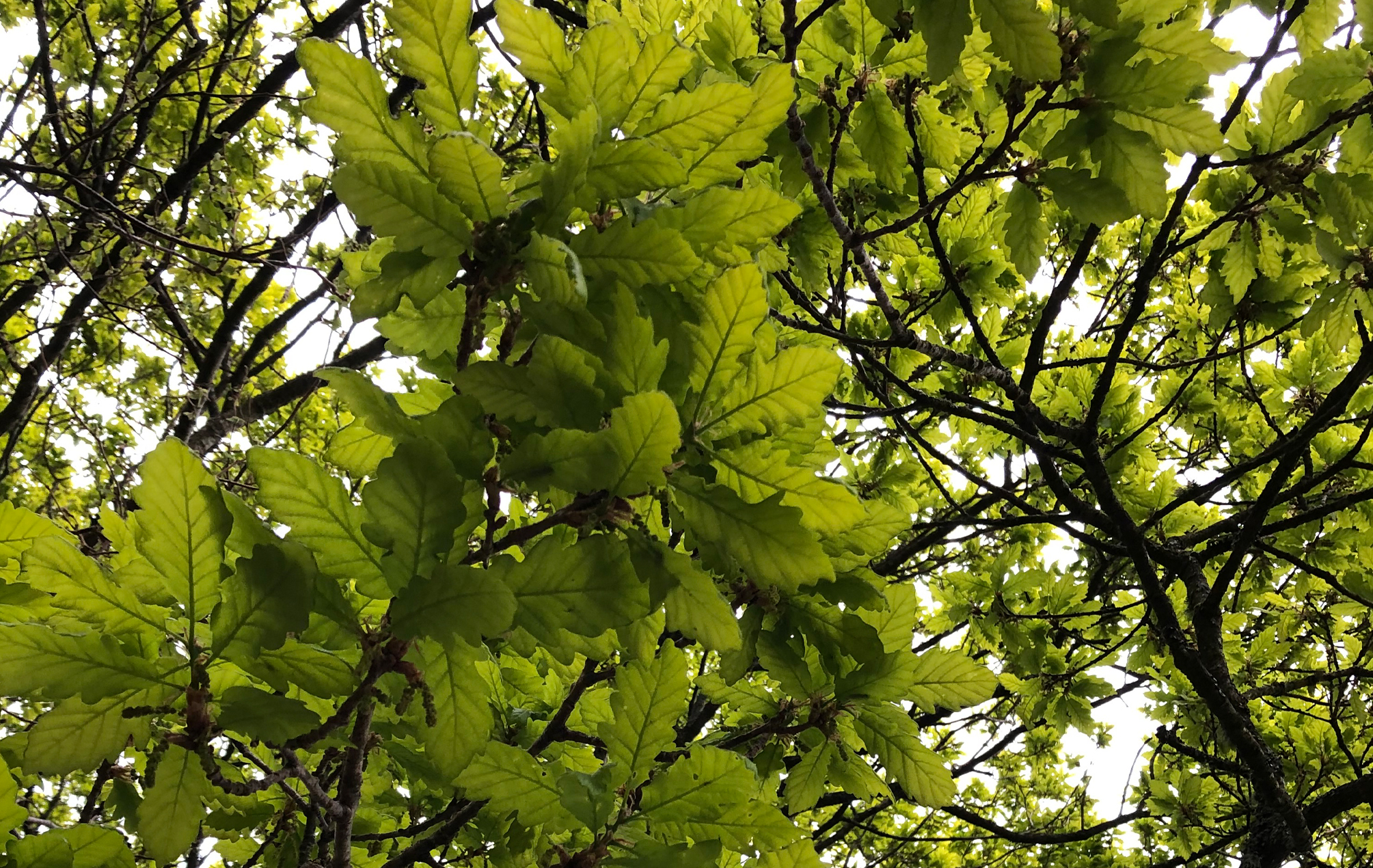
Every spring, they seem to come back from the dead, their branches turning from brittle, spikey sticks that look ready for the bonfire, into nourished, flexible limbs that are strong enough to hold the weight of all those lovely leaves that are about to grow. Another good lesson from our tree community!
It’s true, some trees haven’t made it this year, as with every year. For whatever reason, they have perished. They leave what seems like a huge space in the earth and sky. But they leave in their wake the opportunity for new growth, thus continuing the circle of life. Yet another teaching, that we can use as a comfort in the darkest of times.
What great teachers trees are!
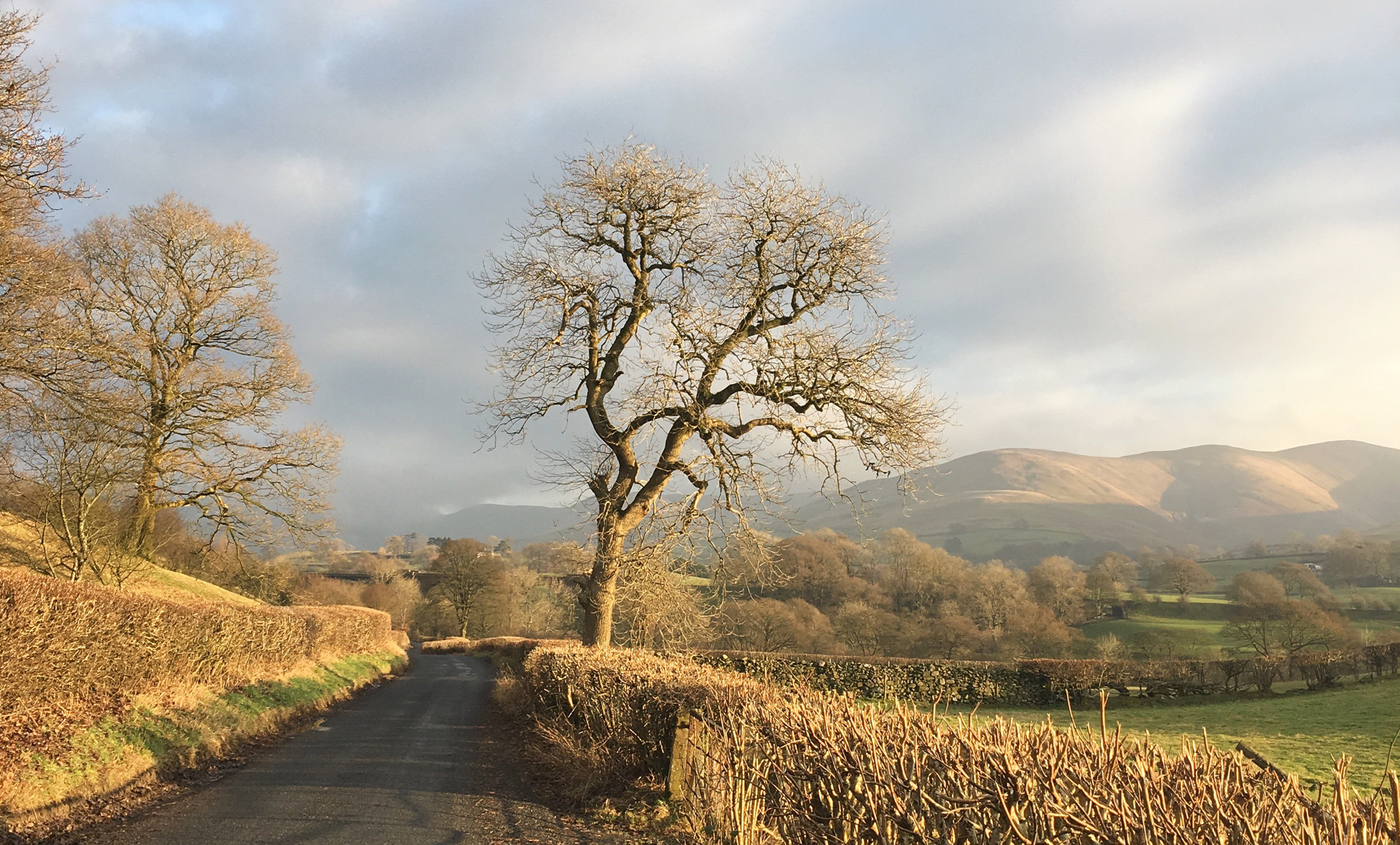
Doing our work to protect trees and the ecosystem…
Ever heard of a violet click beetle? Probably not, as it’s very rare! Named after its violet sheen – and the fact that when it lands on its back it can right itself with a jump in the air and a simultaneous audible click – it is found in only three woodland areas in the UK, right in the heart of decaying ash and beech trees.
This is just one example of thousands of living organisms relying on our native, ancient woodlands for survival. Some creatures, like hedgehogs and foxes, can adapt to more urban environments, but many need specific conditions to breed.
Because of human interference, much of our wildlife is in decline – and some is even in danger of extinction.
At Bath House we are determined to support our tree population in any way we can. Planting trees outside of existing forests not only increases overall woodland cover, but also helps to bring animals and plants into new habitats, creating natural ‘corridors’ that add to a diverse ecosystem.
Known as ‘biodiversity’, a diverse ecosystem is more resilient because it can find the resources within itself to overcome adversity and sustain life. It’s therefore crucial that we do our utmost to look after our forests, wooded areas and individual trees.
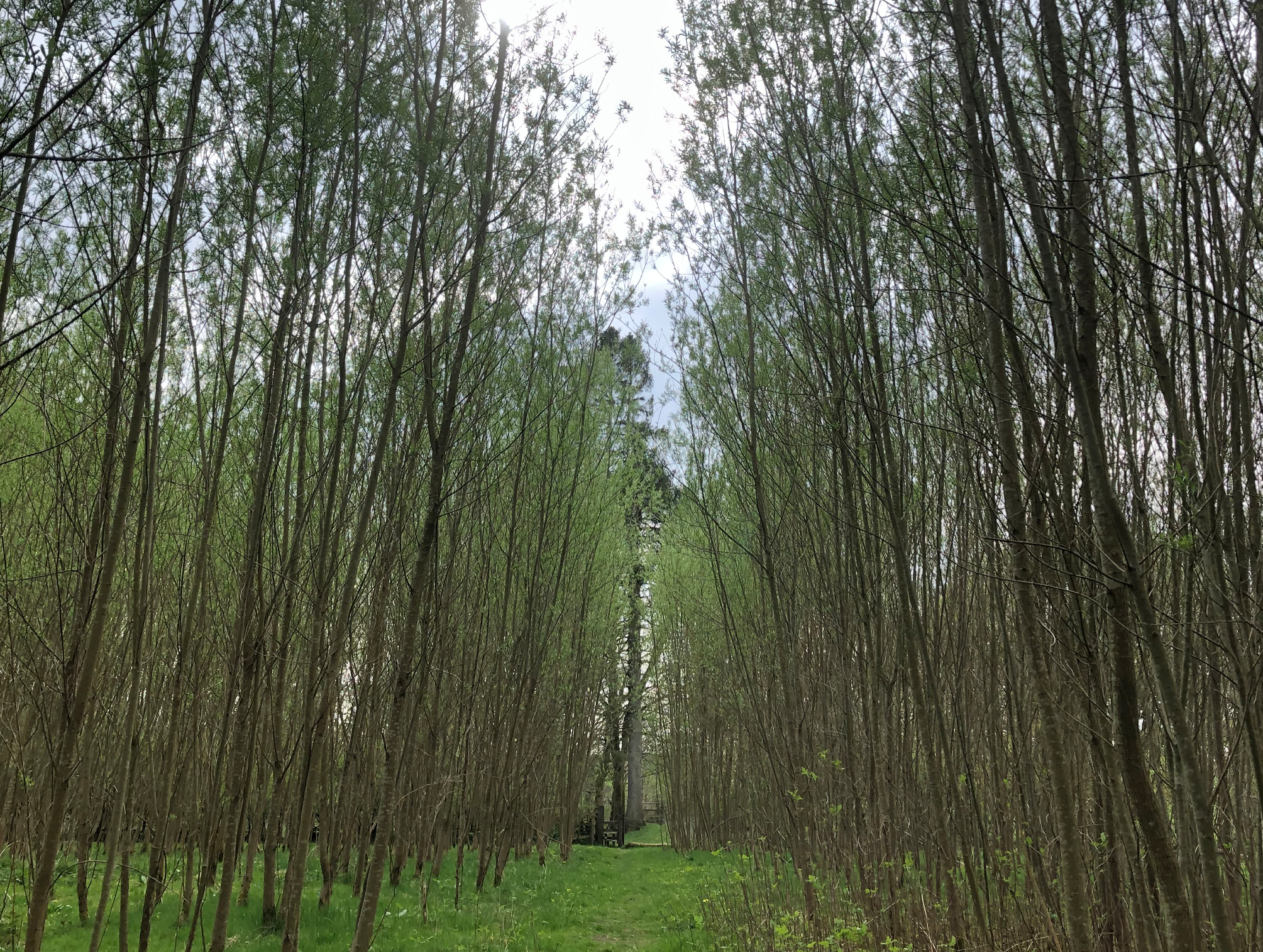
The Bath House Climbing Trees fragrance evokes a woodland adventure, beginning with scents from the forest floor – such as jasmine and bergamot – and bursting through to the tree canopy with lemon and rosemary. Take a look at the collection – and immerse yourself or your indoor space in this beautiful perfume to reawaken your own childhood passion and joy!



